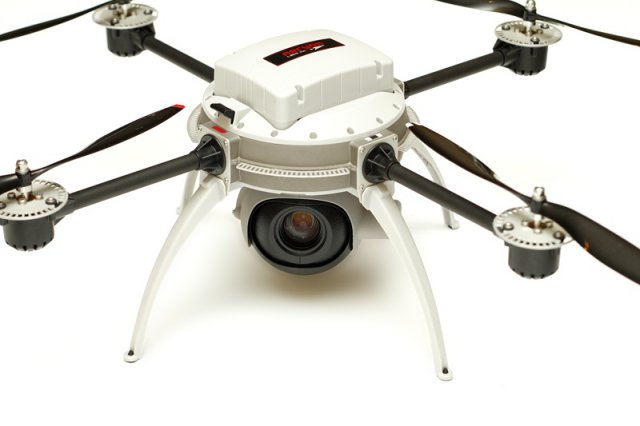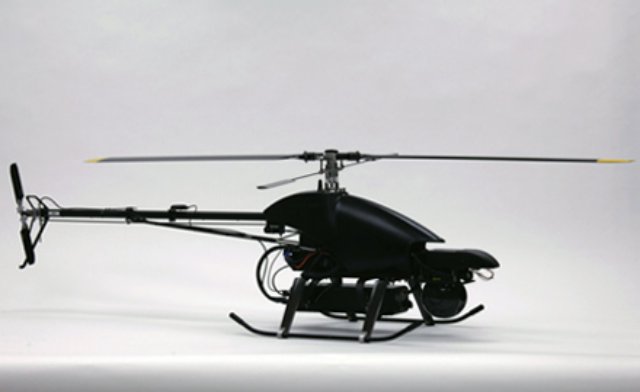 New Mexico State University’s Unmanned Aircraft Systems team successfully performed proof of concept flights for the Electric Power Research Institute’s Airborne Damage Assessment Model in Eufala, Ala., earlier this month.
New Mexico State University’s Unmanned Aircraft Systems team successfully performed proof of concept flights for the Electric Power Research Institute’s Airborne Damage Assessment Model in Eufala, Ala., earlier this month.
The Electric Power Research Institute and NMSU have partnered to demonstrate the usefulness and effectiveness of the use of unmanned aircraft systems in assessing power grid damage following a storm or natural disaster. These specific flights showed that small unmanned aircraft systems, weighing less than 55 pounds, are faster, safer and cost-effective way to collect aerial imagery for the Federal Emergency Management Agency and power companies across the U.S. to more quickly assess the damage from natural disasters or storms.
 Adaptive Flight Hornet Maxi
Adaptive Flight Hornet Maxi
The Aeryon Scout and the Adaptive Flight Hornet Maxi were flown during the demonstration and each successfully completed the proof of concept flights. The Aeryon Scout accurately captured real-time, detailed high-resolution still images, video and data of various electrical system components, while the Maxi showed its power grid capture capabilities during its flight.
“The use of Scout removes the human element from potentially dangerous or hazardous environments and situations, while allowing inspection staff to gather detailed, real-time imagery, of high power electrical lines at a safe distance and a fraction of the cost compared to manned aircrafts or manual inspections,” said Dave Kroetsch, President of Aeryon Labs Inc.
The demonstration was organised and flown by the team from New Mexico State University’s Physical Science Laboratory because of its expertise in testing unmanned aircraft systems in the National Airspace System.
“Our team has more than 10 years’ experience in testing UAS in the National Airspace System,” said Dennis “Zak” Zaklan, UAS flight test center deputy director at PSL and principal researcher on the project. “As UAS subject matter experts, we have been contracted to develop, refine and validate the concept of operations for using UAS in assessing the natural disaster or storm damage to power lines, and getting the data to the power company analysts to speed up the recovery of the power grid.”
This proof of concept flight was phase one in a crawl-walk-run process; phase two will address refining the concept of operations in conjunction with the Federal Aviation Administration and working with national and state organizations such as FEMA, to make unmanned aircraft systems part of the normal storm recovery process.
In 2013, small unmanned aircraft system manufacturers will have the opportunity to demonstrate the functionality and abilities of their small unmanned aircraft systems and sensors for inclusion into a database that will allow customers to select the appropriate small unmanned aircraft system to meet their business needs and requirements.
NMSU’s UAS Flight Test Center will support the Electric Power Research Institute in the development of evaluation criteria and developing the unmanned aircraft system database for both utility company and Electric Power Research Institute use.
Source: Press Release
